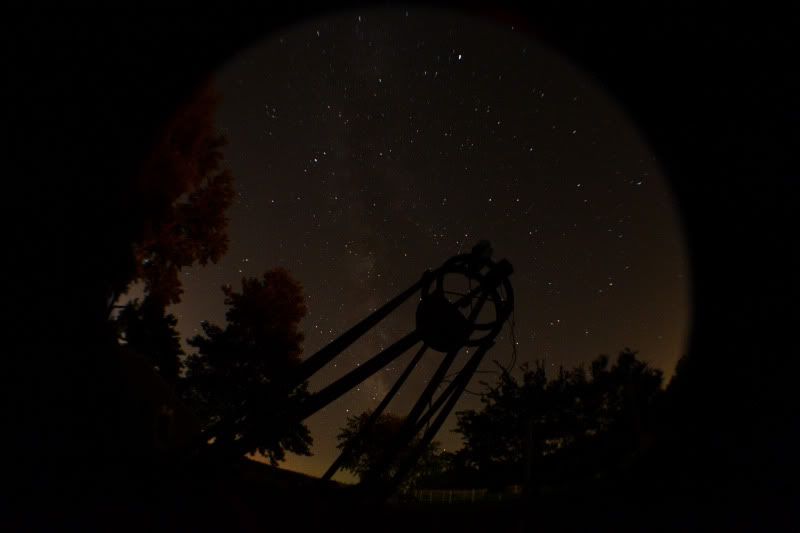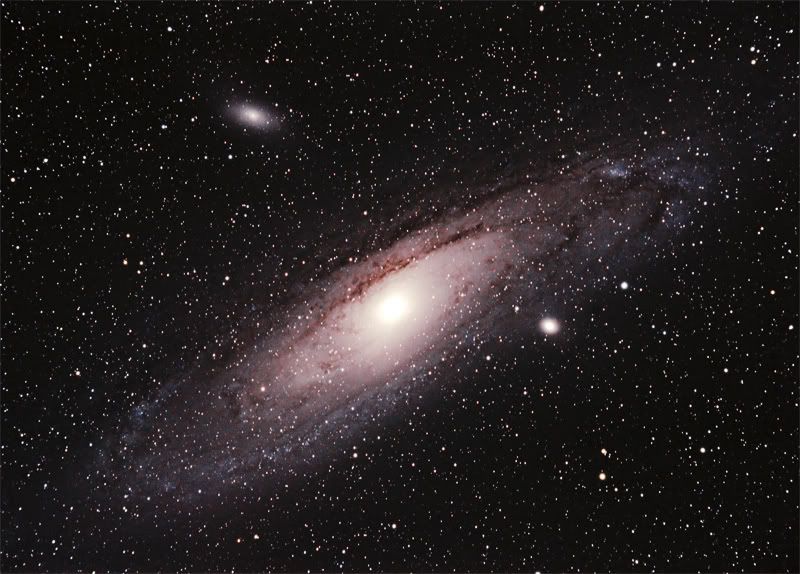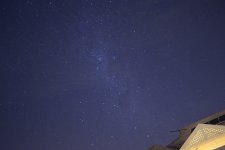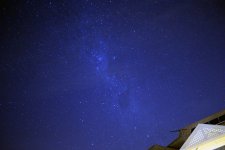Hi everyone, this is my first post here. I purchase my D3100 2 days ago with the 18-55mm and 55-200mm lenses and it is my first DSLR camera so I am trying to figure out settings for various types of photography.
I am interested in astrophotography. Nothing too fancy, just photos of the stars and the moon etc. But when shooting the stars, sometimes my photos turn out very unfocused as I can't see the stars through the viewfinder or on the LCD screen because it is so dark. I have left the camera on autofocus because of these reasons. So I am shooting blind and hoping for the best basically.
What are the optimal settings to get the clearest, most effective photos for this kind of photography? Should I adjust the focus manually, and if so, how do I produce a sharp picture when I can't see the stars through the viewfinder?
I am generally shooting with the settings as follows:
18-55mm lens
Manual
ISO 800
Auto-servo AF
Single point AF
Spot metering
Active D-lighting on
Shutter speed is set to a 30 second exposure
Aperture is on F5
And of course I am using a tripod.
I could have the settings completely wrong for all I know as I'm still getting used to adjusting so many things with my DSLR!
Thanks!
I am interested in astrophotography. Nothing too fancy, just photos of the stars and the moon etc. But when shooting the stars, sometimes my photos turn out very unfocused as I can't see the stars through the viewfinder or on the LCD screen because it is so dark. I have left the camera on autofocus because of these reasons. So I am shooting blind and hoping for the best basically.
What are the optimal settings to get the clearest, most effective photos for this kind of photography? Should I adjust the focus manually, and if so, how do I produce a sharp picture when I can't see the stars through the viewfinder?
I am generally shooting with the settings as follows:
18-55mm lens
Manual
ISO 800
Auto-servo AF
Single point AF
Spot metering
Active D-lighting on
Shutter speed is set to a 30 second exposure
Aperture is on F5
And of course I am using a tripod.
I could have the settings completely wrong for all I know as I'm still getting used to adjusting so many things with my DSLR!
Thanks!





